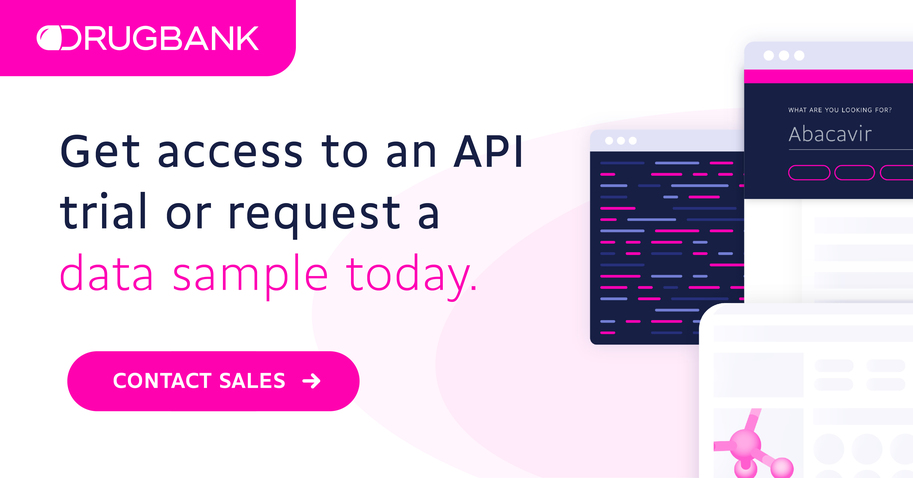Narrow Therapeutic Index Drug
Synonyms:
- Narrow Therapeutic Index Drugs
- Narrow Therapeutic Range
- Narrow Therapeutic Window
- Narrow Therapeutic Window Drug
- NTI
- NTID
- NTIDs
The therapeutic window encompasses the range of serum concentrations within which a drug is both efficacious and tolerable. Drugs with a narrow therapeutic index have a small therapeutic window, meaning minor fluctuations in serum concentrations may have profound effects on efficacy, or lead to unacceptable adverse effects and/or toxicity. If available, therapeutic drug monitoring is advised or required for narrow therapeutic index drugs. In addition, frequent clinical or laboratory monitoring may also be required for certain drugs that either require titration or may cause serious and life-threatening effects without monitoring. Some drugs with a narrow therapeutic index may cause an overdose at serum concentrations similar to those observed at the recommended therapeutic dose. For example, a drug that is given at a slightly higher dose than recommended (for example, 10 mg versus 7.5 mg) and causes serious overdose symptoms is considered a narrow therapeutic index drug. Drugs which have been given at extremely high concentrations (sometimes 3 times or even 25 times the normal dose) without serious symptoms are not considered narrow therapeutic index drugs.
In DrugBank's database, the decision to consider a drug a narrow therapeutic index drug is based on the following:
- Professional consensus (eg. FDA/EMA/DPD label, NIH StatPearls articles, or more than 1 well regarded article)
- Therapeutic monitoring requirements (eg. drug levels, complete blood count, INR)
- The difference between the therapeutic dose and recorded overdoses, as well as the outcomes of overdose cases








